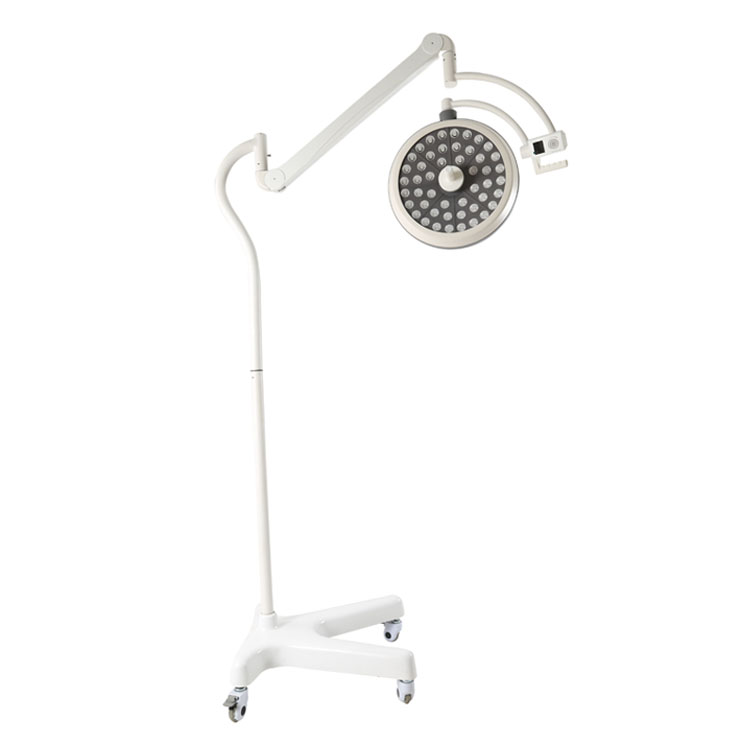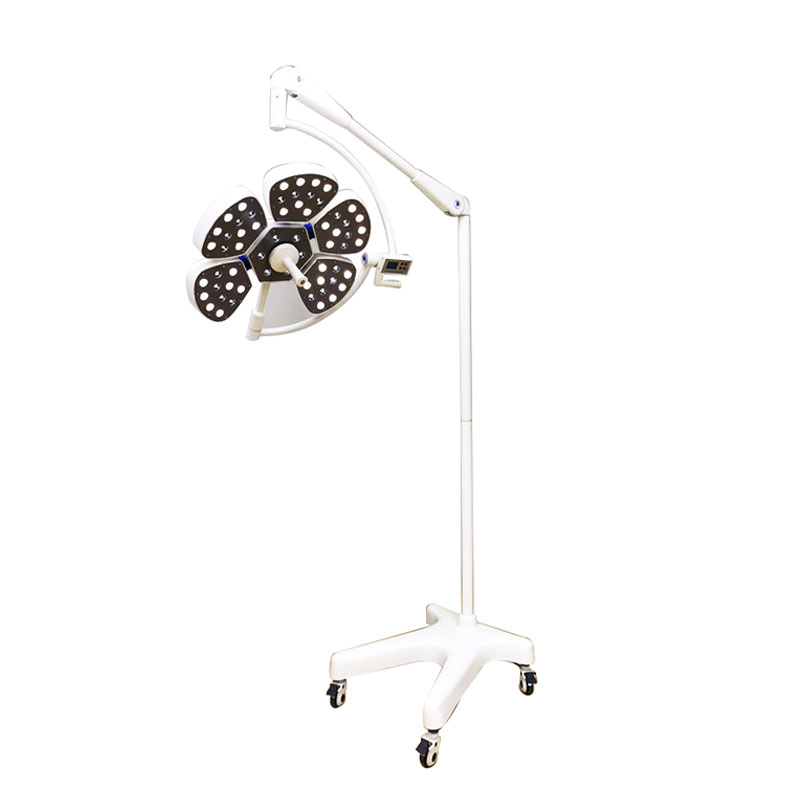With a reputation of "heat is not dead, drought is not dead, and freezing is not dead," Jingtianke is well-known as the plant A. formosanus. Currently, it is widely used in fields such as roof greening and park landscaping. Especially in terms of roof greening, the use of P. gracilis not only alleviates the phenomenon of “cold winter and hot summerâ€, improves the comfort of living, but also protects the roof from damage caused by high temperature, ultraviolet rays, etc., and is conducive to prolonging the life of the roof. In addition, it plays an important role in purifying air, preventing secondary dust, regulating urban climate, and mitigating the heat island effect. In the process of cultivation and propagation of A. gracilis, its resistance to diseases and insects has always been talked about by growers. In the current published literature, except for the polyphagous beet armyworm, there are few reports of other pests and diseases. The management of weeds has gradually become the most concerned issue in the process of breeding A. sinensis. In particular, the early growth of A. formosanus should be paid attention to in order to reduce the adverse effects of weeds on A. sinensis. When the coverage of S. gracilis reaches 80%, the weeds are difficult to appear in S. gracilis. The weed control technology of A. gracilis is introduced as follows. Pre-planting work 1. Control weeds through fine soil preparation. In particular, the roots of perennial weeds and perennial weeds should be sorted out, otherwise it will be very difficult to manage the turfgrass at a later stage. Such as wild dogroot, dandelion, field bindweed, bowl flowers, water peanuts, thorny vegetables and so on. 2. If you have enough time, you can use chemical herbicides. Lightly run horse water to promote weed growth. When the weeds are basically in the same condition, we use the herbicide paraquat or glyphosate to spray the stems and leaves to kill the weeds. According to the data, the residual period of the two herbicides in the soil is very short, and they are inactivated by soil passivation after 8 to 10 hours of contact with the soil. The fact is that the residual period of paraquat in soil can last for about 10 days, and the residual period of glyphosate in soil is longer, ranging from 20 days to 30 days. During the remaining period of these two herbicides, common planting plants will suffer from different degrees of phytotoxicity. Therefore, after using these two types of herbicides, do not grow Buddha grass within the residue period. Control of weeds after planting 1. For germinating grass weeds, more herbicides can be used, such as large killing crickets, fine quebrachosol, fine stable killing, and high-efficiency herbicides. Weeds. It is highly safe to Sablegrass under the recommended dosage. Even if it exceeds three or four times the recommended dosage, there is still a high level of safety for Buddha grass. We can use the above herbicides to control weedy bermudagrass, thatch and other weeds, as well as older weeds of various grasses such as crabgrass, goosegrass, green foxtail, barnyardgrass, and bluegrass. 2. For germinating broad-leaved weeds, we need to grasp the principle of "except early, except small". Prevent broad-leaved weeds as early as possible to use drugs, weeds are most likely to control around 3 leaves. It is recommended to use a special herbicide "Fargare" water-dispersible granules, 2 g to 4 g per mu, and watering 25 kg to 30 kg of stem and leaf spray. From 7 days to 10 days, the weeds will begin to turn yellow and die. 15 It died completely around days. "Fo Jia Le" is a micro-toxic herbicide, no odor, no drift, toxicity is only equivalent to one-third of the toxicity of salt, for A. sinensis safety. 3. For the Aconite in A. sinensis, the use of the “Falco-Largeâ€-enhanced type can effectively prevent and protect the A. sinensis. Herbicides such as paraquat and glyphosate, which are unsuitable for use, should not be used during the growth period of S. gracilis. Met-tetrachloro-sodium salt, ammonium salt, propionic acid, two or four drops of butyl ester and its related herbicides are not allowed to be used in S. aconitiflora. Common herbicides for control of broadleaf weeds in wheat, rice, and corn fields must not be used in S. mellifera, such as tribenuron (Superstar, Mai Lele), Pentium, Citrobacter, and Fluroxypyr To make it long), bromobenzonitrile, pyrazosulfuron, benzulfuron, nicosulfuron (Yu Nongle) and so on. Shima, clodinafop acid can prevent grass weeds in the grass. Herbicides with a long residual period should not be used in Scutellaria herba, such as metsulfuron, atrazine, and clomazone.


Germany imported beads
Imported French lens
mould Die-casting Eight edge type Revolving arm
Optional emergency power supply≥3 hours
The main features:
1)Ideal cold light effects
Using the new LED cold light source, ensure energy saving and environmental protection and long service life up to 80,000hours and more.
The temperature increase of surgeon`s head below 1℃. LED do not engender infrared ray and ultraviolet radiation, without the temperature
rise and tissue damage caused by halogen shadowless light, also it can accelerate the wound healing after surgery, and without Radiation pollution.
With color temperature constant and soft, LED is very close to the sunshine.
1) Excellent shadowless effect
Lamp with the most scientific radian and Multi point light source design, ensure better uniform illuminance. When the lamps are partially occluded,
also can achieve perfect shadowless effect.Lamp panel radius of gyration ≥182cm, the lamp can be pulled to vertical floor, convenient to any angle illumination.
2) Excellent deep lighting
It is based on modularize method by Computer Aided Design, focused to irradiating with more beams of LED. It produces the deep lighting which beams
more than 1200cm,the illumination of center up to 180,000Lux or more, and offer the color temperature that can be adjusted from 3700K to 5000K which
is close to sunshine. Absolutely, it really reflects the color of human tissue and satisfied by all kinds of operating light needs.
3) Advanced control system
The use of liquid crystal display button control, to meet the needs of the medical staff of different patients with the brightness of the operation.
It offers illuminance memory function.
It does not effect using when a single circuit or one bulb is broken.
4) Universal suspension system
Rotating arm, a new type of alloy material is made of eight edge type.
Balanced system using imported arm module, more than 5 group universal joints, every cantilever must has more than 3 joints which can be rotated in 360°,
The structure is light, easy to manipulate, accurate positioning, can provide the maximum range of regulation.The equipped with fatigue correcting unit and
fix position hand handle device, easy to fix position after long time use.
5) Modern laminar lamp
The thickest part of lamp-chimney is not more than 10cm.
The lamp-chimney is made of ABS, The handle on the central of lamp can be detachable, can take high temperature (≤ 134°C) sterilization treatment,
easily adjust, flexible fixed.
Mobile Type Operating Light
Mobile Type Operating Light,LED Examination Light,Mobile Operation LED Light,Mobile Stand Operating Light
Shandong Kang'erjian Medical Technology Ltd. , https://www.operatingtable.nl

